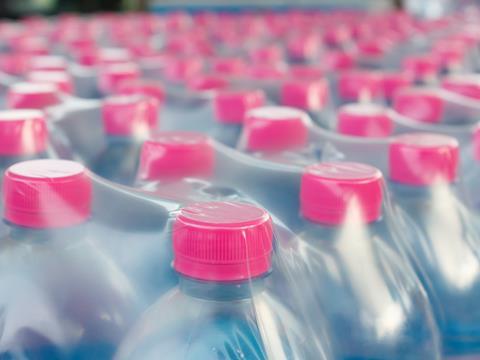
How should we talk about plastics? A research team from the University of Sheffield has been looking into how the language used in marketing, labelling, and everyday conversation can change how we think about plastics, encourage reuse, and ultimately reduce plastic pollution. We recently had a conversation with a member of the research team, Professor Joanna Gavins, to learn more about the project and what the packaging industry can learn from it.
For clear moral (and now legal) reasons, greenwashing is a huge no-no in product marketing, and honesty in terms of communicating values if of the utmost importance. Can you go into this in a bit more detail?
I think the key thing for manufacturers and retailers to be aware of is that consumers are now wise to greenwashing and, in our research, we found that they responded negatively to it when they spotted it without exception.
By contrast, companies that succeed in communicating their values honestly and who are perceived as ethical are responded to very positively by customers. This is why we’re advising organisations to think about their environmental values first, then take steps to explain these clearly to consumers.
While labels are important, you argue that companies shouldn’t rely on them fully. Why?
There’s lots of research, particularly from WRAP, showing that consumers spend very little time - around 10 seconds or less - reading labels on packaging. This means it’s essential for companies to ensure that any environmental messaging they put on a label is as clear and concise as possible.
It also means that labels are probably not going to be effective in communicating more complex messages, such as an organisation’s environmental ethos, or the social value of reuse and recycling in general. There are so many, much more effective modes through which these sorts of themes can be articulated: social media, television and print advertising campaigns, podcasts, and so on.
We’re encouraging companies to choose how they communicate with their customers carefully and to select the right tools for the right job. If you try to cram too much green messaging onto a label, it’s likely it either won’t be read, or will result in confusion and/or a negative appraisal of your brand.
As with most things, you argue that simplicity is key in this context. What is the basis of this argument?
I think it’s common sense to most people that, when we’re trying to affect the behaviour of others, using simple instructional language is the best way to achieve this. This is all the more important when it comes to encouraging pro-environmental behaviour specifically.
Our research has revealed that consumers often feel overwhelmed by the scale of the climate emergency and powerless to do anything about it. However, reusing and recycling plastics is one area where they can make an immediate and tangible difference to the environment.
It’s important to communicate this through simple language, focused on easy-to-understand instructions and information. Again, most companies will have limited time and space in which to connect with their customers, so keep things simple is a priority.
What is the importance of telling a story when talking about packaging sustainability, and how should companies situate themselves within these stories?
We tend to think about stories as things we tell our children, or find in novels and in films. As linguists, though, we know that we use language to tell stories in lots of other ways, every day and in lots of different contexts.
The small choices we make around language tell stories about how we see the world that shape our culture and our communities. These stories often put big organisations and companies in a position of power, or frame consuming more as the right way to live, or profit as the only measure of success.
If we really want to avert environmental disaster, we need to start telling new stories that reframe some of these roles and assumptions. For example, our research found that businesses often tell stories in which they take a role similar to a parent, and their customers are framed as children. We found manufacturers and retailers describe themselves as responsible for lots of actions and talk about ‘helping’, ‘enabling’ and ‘supporting’ customers in this way.
Our data also revealed, however, that this is not how customers view their relationships with these companies. They feel they are the ones who are responsible for the considerable effort needed to reuse or recycle packaging responsibly, that this is not their mess to clean up, and they don’t feel helped or enabled. Instead, they often feel angry at retailers and overwhelmed and frustrated by current reuse and recycling systems.
A new and more effective story to tell around plastics reuse and recycling might therefore be one that recognises customers as powerful agents, who are helping companies tackle plastic waste through their altruistic choices and actions. Framing customers as environmental heroes and agents of change is more likely to align with how customers see the situation and lead to longer-term shifts in behaviour.
In an ideal world, how should consumers feel about their role in packaging sustainability after reading information or marketing about plastics?
Ideally, the simple actions consumers need to take to reuse or recycle packaging should be immediately clear and easy to accomplish. Consumers should also feel confident about the positive effects these actions will have on the environment.
They should feel that their role as agents is acknowledged, and they should feel appreciated for the pro-environmental choices they make. Consumers should feel like they make a difference and that they play the most powerful role in averting environmental disaster.
Negative and positive language can be powerful tools. Can you break this concept down for us as it relates to this topic, and talk about how companies and organisations can successfully combine the two?
Companies tend to be wary of using negative language in their communications with customers as there’s long been an assumption in marketing and advertising that positive language is always best.
However, we only need to look at the state of the world’s oceans to see that this language isn’t working when it comes to influencing pro-environmental choices. There is lots of research available now that shows the effectiveness of positive messaging may be limited to certain situations and goals.
Positive language is most effective for targeting high-level reasoning, for example in persuading people that reuse and recycling are generally good things to do, or for communicating a company’s environmental aims or ethos. However, negative language can be much more impactful in affecting concrete, low-level decision-making. We’re not suggesting that organisations use negative language to blame or shame consumers here.
However, we are encouraging them to use other forms of negative framing to try to influence in-the-moment choices and physical actions. For instance, a negated message like, ‘Don’t forget your container!’ is more likely to be an effective reminder to reuse plastic than a positive message like, ‘Bring your container to the store for refill’.
It’s possible for both forms of messaging to be combined too. For example, you could use a positive message to inspire people to reuse - ‘Be a reuse hero!’ - alongside a negative message to warn of the risks of losses involved with not participating - ‘Don’t add more plastic packaging to the oceans!’.
If you liked this article, you might also enjoy:
The L’Oréal approach to packaging sustainability
What steps is Apple taking to make its packaging more sustainable?
How did Brazil achieve its 100% aluminium can recycling rate – and can it be replicated in the EU?
Experts have their say on the EU’s Packaging and Packaging Waste Directive revisions

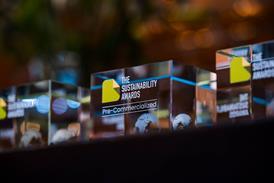

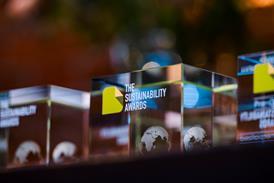
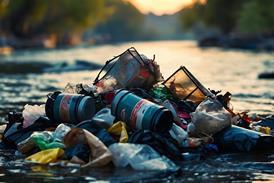
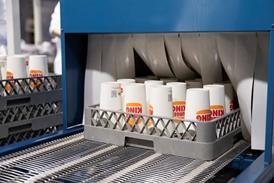














No comments yet